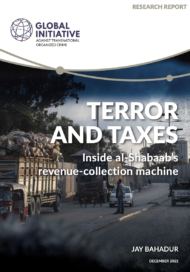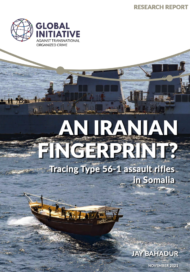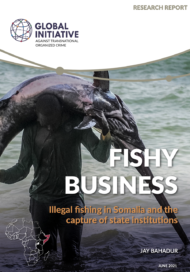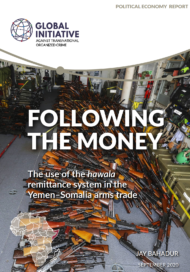Posted on 08 Dec 2022
The Somali Islamist group Harakat al-Shabaab al-Mujaahidiin, commonly known as al-Shabaab, is the ‘largest, wealthiest and most deadly’ al-Qaeda affiliate remaining in the world.
In 2011 the group was expelled from Somalia’s capital, Mogadishu, by the African Union’s military mission in Somalia, AMISOM. Since then, AMISOM (now ATMIS) forces have continued to push al-Shabaab out of urban centres in southern Somalia. As a result, al-Shabaab’s direct territorial administration in Somalia remains limited to a swathe of the Juba River valley and other isolated pockets around the country.
Yet despite losing territory the group has remained dominant, exerting control over much of the hinterland and projecting power far beyond areas it physically controls.
Al-Shabaab’s continued resilience can be attributed in great part to the sophisticated and efficient ‘taxation’ apparatus it has established throughout southern Somalia. In the ethos of a mafia group, al-Shabaab has extensively infiltrated multiple levels of Somali society, including the economy, civil society, clan leadership structures, government institutions and the security services. It enforces its taxation system through the disciplined collection of intelligence and the threat of extreme violence against those who do not pay the amounts demanded of them.
Traditionally, checkpoint taxation has received little attention in studies of the political economy of conflict. The uniqueness of the present study lies in the volume of data it has amassed. The GI-TOC collected and analyzed over 800 tax receipts issued by al-Shabaab tax officials between July 2015 and October 2021 to commercial drivers passing through their check- points. This breadth of data allowed us an exclusive window into the inner workings of al-Shabaab’s check- point-taxation apparatus.




